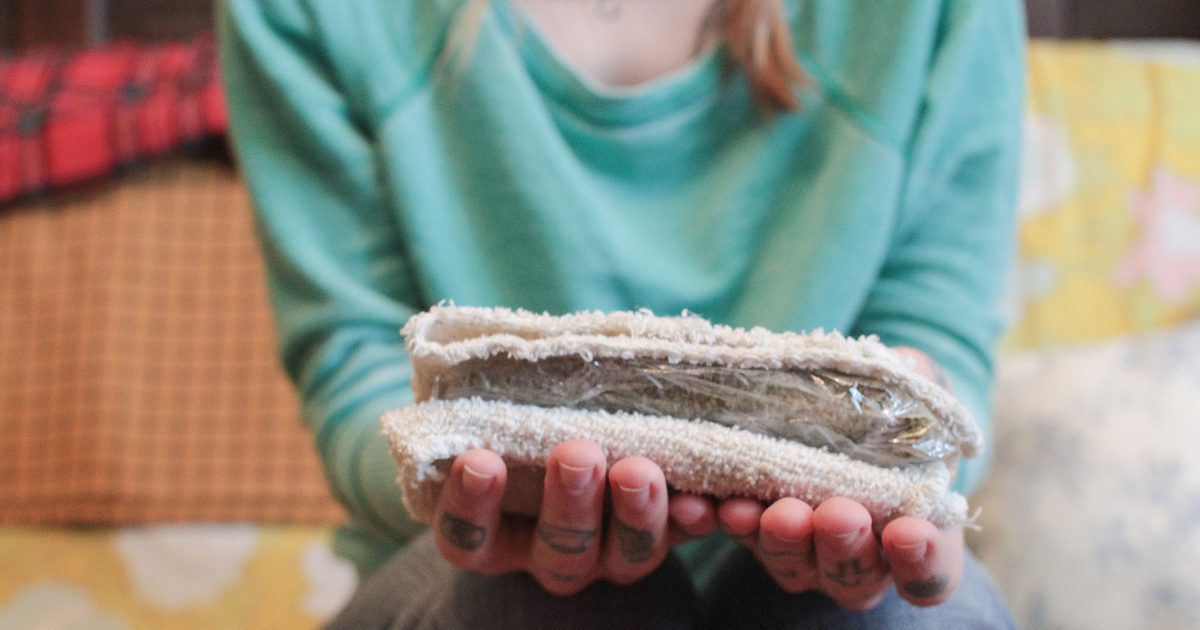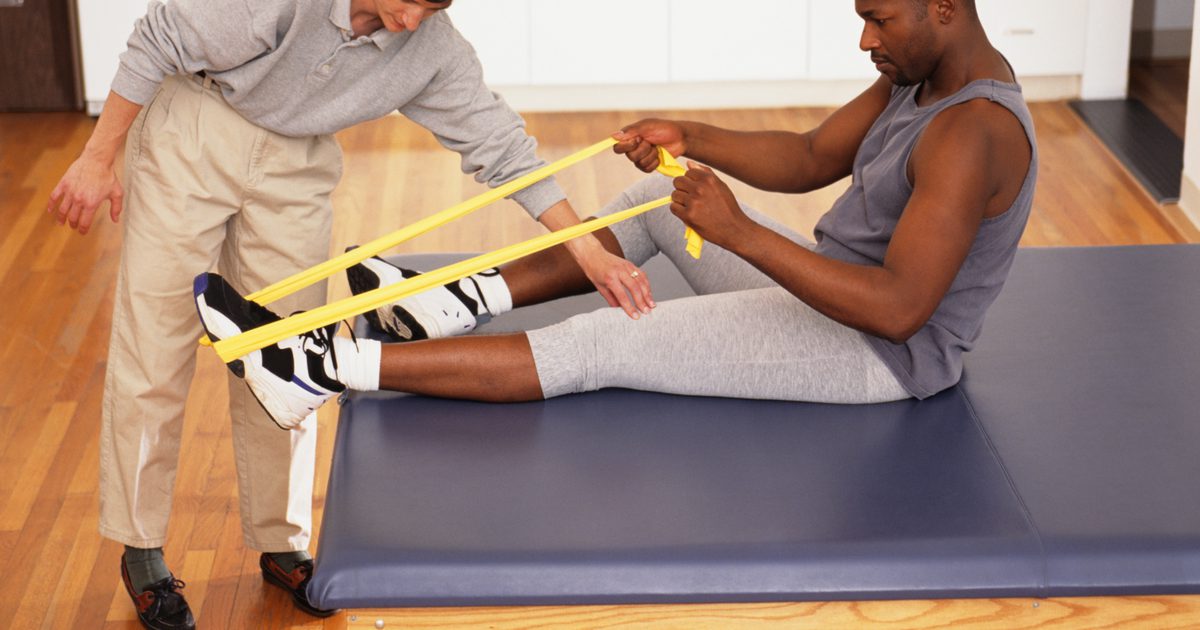How To Effectively Lessen Muscle Pain
Muscle pain is most commonly the result of overuse, stress, tension, or a minor injury. When this is the case, the pain will typically affect just a few muscles or one part of the body, and thankfully, often have simple treatments available to relieve the pain effectively. If individuals are experiencing pain throughout their body, it is called systemic pain, and is most commonly caused by an illness, infection, or a side effect of medication. Systemic pain should be evaluated by a doctor.
No one wants to deal with muscle pain, regardless of the underlying cause. This is precisely why prompt and effective treatment is so important! The good news is there are quite a few treatments for muscle pain out there, and many are both simple and effective. Get to know the most common now.
Rest Affected Area

The first line of treatment for muscle pain is almost always to rest the affected area. This treatment is the most reliable one for minor injuries and strains. The majority of cases of muscle soreness will get better without needing a specific treatment in five to seven days. During this time, affected individuals should rest the muscle to allow it to heal. Muscle strains can occur if individuals overtax their muscles or perform repetitive movements, which can cause them to feel like their muscles are sore or like a nerve is pinched. If a patient's muscle soreness and pain hasn't improved after a week, they should talk to a doctor. It may be difficult for individuals to rest if they're an athlete or have a job that requires manual labor. However, continuing to use an injured muscle can cause the injury to become much more serious. If a muscle or tendon becomes badly torn, patients may experience excruciating pain, and some tears can only be repaired through surgery.
Read more about remedies for muscle pain now.
Apply Cold Or Warm Compresses

One thing that can help relieve muscle pain is to apply cold or warm compresses. Whether to pick ice or heat varies depending on a few factors, including the type of muscle injury involved. There are two types of injury: chronic and acute. Chronic injuries are ones that develop over time and take a while to heal. The most common causes of chronic injuries are repetitive motions or improper healing of a previous injury. Acute injuries, on the other hand, come on suddenly. They're usually the result of an impact or trauma. An acute injury must have occurred within the prior forty-eight hours. Researchers recommend using ice to treat acute injuries, as ice numbs the nerve endings and reduces pain. It also lowers swelling by constricting the blood vessels. Heat shouldn't be used on an acute injury or an inflamed injury because it increases circulation. For chronic injuries without inflammation, though, heat is a good option. The increased blood flow allows blood cells to deliver nutrients and oxygen that speed the healing process. Heat can also be used before a workout to increase circulation during exercise.
Uncover information on more options for treating muscle pain now.
Over-The-Counter Pain Medication

Over-the-counter pain medication can be very effective at relieving muscle pain, though individuals should always check with their doctor to ensure pain relievers don't interact with any medications they may be taking. The two main types of over-the-counter pain medication are nonsteroidal anti-inflammatories such as ibuprofen and fever reducers like acetaminophen. Both of these are excellent at reducing muscle pain caused by stiffness and minor injury. If the individual's muscles aren't inflamed, acetaminophen is a good option. While acetaminophen doesn't affect inflammation, it also has fewer potential side effects than NSAIDs and is typically safer to take over longer periods. For muscle pain that includes inflammation, NSAIDs are needed as they alleviate inflammation and reduce how much prostaglandins the body produces. Prostaglandins are substances that trigger pain. It's important to note the prolonged use of NSAIDs might cause bleeding, stomach ulcers, or kidney damage.
Keep reading to learn more about how to lessen muscle pain now.
Practice Gentle Stretching

One way to help muscle soreness is to practice gentle stretching. Resting muscles can cause them to become stiff, which may make moving difficult and painful. Individuals can combat this by occasionally doing range-of-motion exercises to preserve flexibility. Rather than doing strength exercises, individuals should focus on staying flexible and save strength training for when their injury is healed. Stretching can also help with the stiffness that occurs after a workout. During workouts, muscles contract and become shorter. When individuals stretch, their circulation improves, which allows their muscles to lengthen and feel relief. The stretches that will work best will vary depending on the location of an individual's stiffness and discomfort. There are a variety of back stretches, leg stretches, and shoulder stretches that can help alleviate discomfort in common muscle groups. For instance, individuals can try standing with their feet hip-width apart and then bend over at the waist and let their upper body become limp, lowering down as far as possible without pain.
Get more details on reducing muscle pain now.
Work With A Physical Therapist

Depending on the underlying cause of their muscle pain, it may help individuals to work with a physical therapist. Physical therapy can be helpful for pain management and many chronic illnesses can be managed through physical therapy, including neuropathic pain, rheumatoid arthritis, chronic headaches, fibromyalgia, and osteoarthritis. As for muscles, the pain might be caused by overuse or a more serious injury, and part of getting better is helping retrain the muscles and promoting healing. Physical therapy won't always be about exercise and nothing else. A physical therapist can also help manipulate a patient's muscles to increase range of motion, massage sore muscles to alleviate tension, and use cold laser therapy that alleviates pain and inflammation. There are a ton of options available. Every individual's plan will be unique to their case. The physical therapist might work with the patient's doctor and other health specialists to create a pain management and treatment plan.